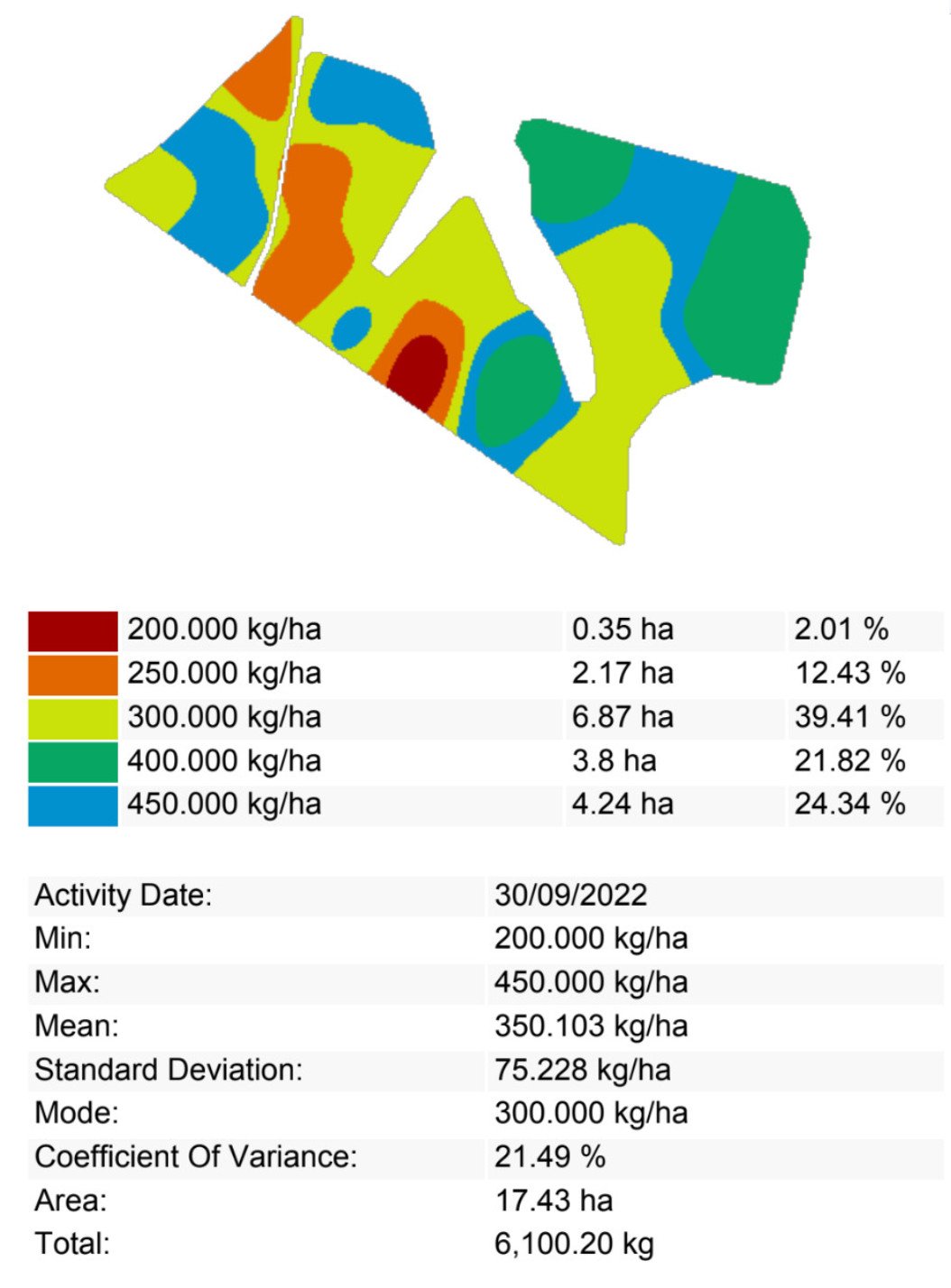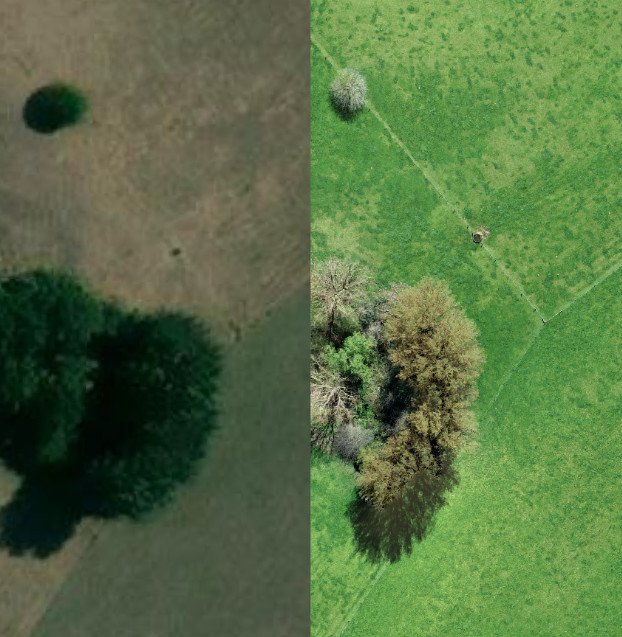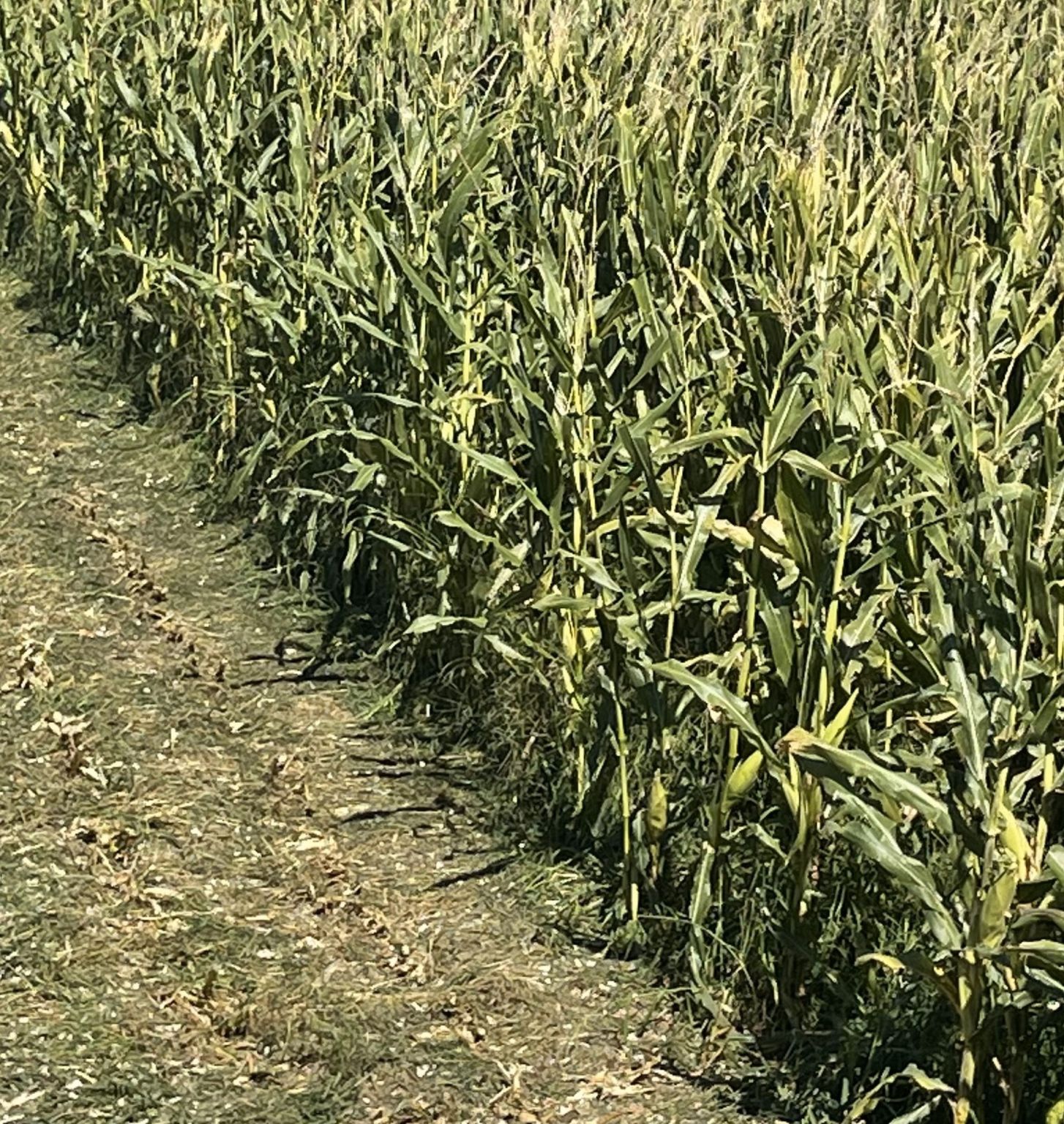Variable rate application (VRA) is a precision agriculture technique that involves adjusting the rate of fertilizers and other inputs applied to different areas of a field based on their specific needs.
The benefits of VRA include:
- Increased efficiency: VRA allows farmers to apply inputs only where they are needed, rather than applying a one-size-fits-all approach. This reduces input costs and increases the efficiency of the inputs used.
- Improved crop yields: By applying inputs at the correct rate and in the right location, VRA can increase crop yields and improve the overall productivity of the farm.
- Better environmental stewardship: VRA helps farmers to reduce the amount of inputs applied to the field, which can help to reduce the environmental impact of farming. This includes reducing the amount of fertilizer that leaches or runs off into waterways, and reducing the amount of greenhouse gases emitted by farming operations.
- Better mapping and monitoring: VRA allows farmers to create detailed maps of their fields and track the results of their inputs over time, which can help them to make more informed decisions about how to manage their land.
- Cost savings: By applying inputs only where they are needed, VRA can reduce input costs, which can help farmers to increase their profits.
Overall, VRA is a powerful tool that can help farmers to improve the efficiency, productivity, and environmental stewardship of their operations. It is a way of optimizing the use of inputs and improve the yield of the crops.



